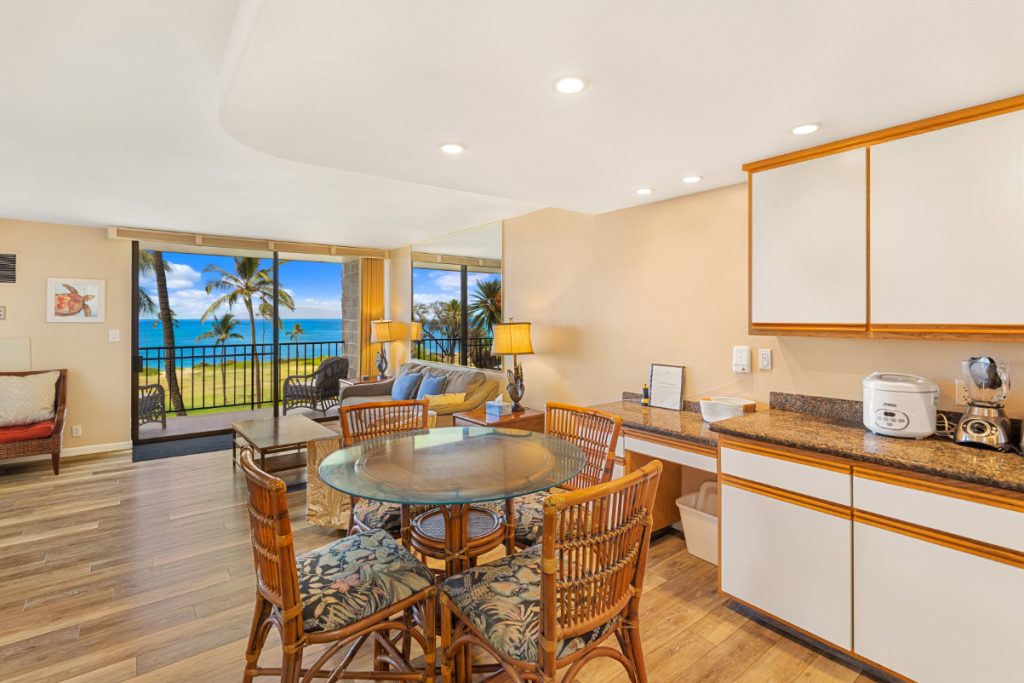The U.S. vacation and short-term rental market has been experiencing a slowdown in supply growth over the past two years, with the growth rate dropping by half. This trend is expected to continue into next year as some properties convert to long-term rentals due to an ongoing housing shortage. Key Data reported that supply in the U.S. remains strong at approximately 10%, but this is a significant decrease from the 20% growth seen two years ago. Analysts at Truist Securities predict that supply growth may continue to slow in the coming years as some units are converted to long-term rentals and migrant-focused corporate housing.
The deceleration in supply growth is being driven by factors such as the housing shortage, migrant crisis, unimpressive occupancy rates, weak demand, inflation, and increased competition. The housing shortage is a major contributor to the slowdown, as there is a disproportionate demand for long-term housing in several cities. Additionally, occupancy rates have been decreasing, with a 6% decline year-over-year in the third quarter. This trend may continue as Key Data forecasts a 3% decrease in occupancy for the remaining months of 2024. The supply and demand trends are leading to only a 2% year-over-year gain in average daily rates, compared to the significant rate gains seen post-pandemic.
In addition to the aforementioned factors, cities have seen a tightening in supply, with urban short-term rental growth estimated to be only 0.8% this year. Coastal resorts, on the other hand, have faced weakening demand as many Americans have opted to travel abroad or take cruises. Competition in the market has also intensified, with consumers becoming more price-conscious and property managers offering last-minute discounts to attract guests. Booking.com and Expedia’s Vrbo may fare better than Airbnb in this environment, especially in urban markets where the deceleration is likely to have a more significant impact.
On the other hand, hotels seem to be capturing a greater share of excess demand, as the alternative accommodations sector has seen a decrease in average revenue per available unit for the first nine months of the year. In contrast, the hotel sector is projected to see an increase in revenue per available room. Hotels have had a minimal supply growth, which has helped support daily rates. The U.S. hotel supply grew by only 0.7% a year on average between 2019 and 2024, well below historical averages. This suggests that hotels may be benefiting from the slowdown in the vacation and short-term rental market.


